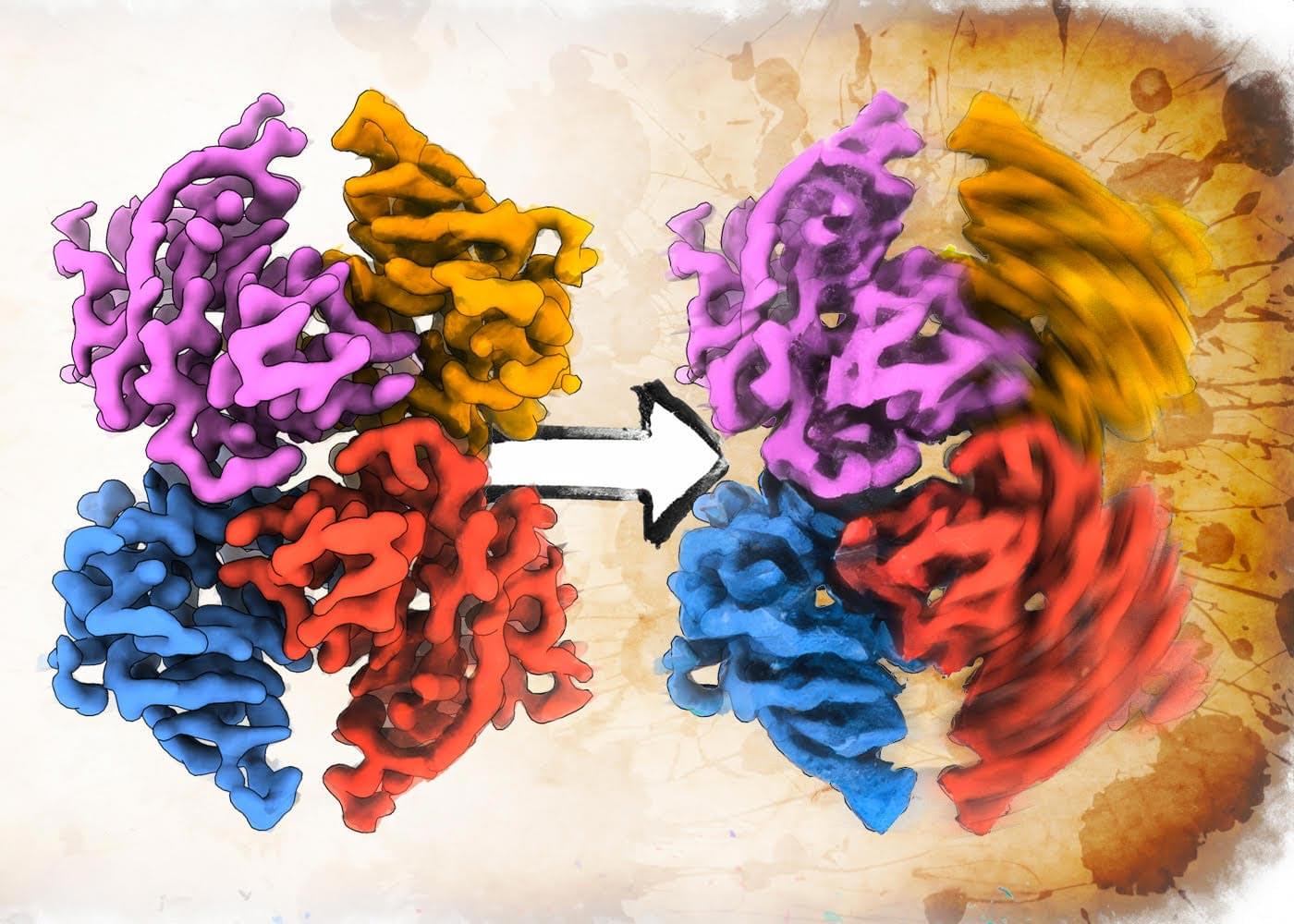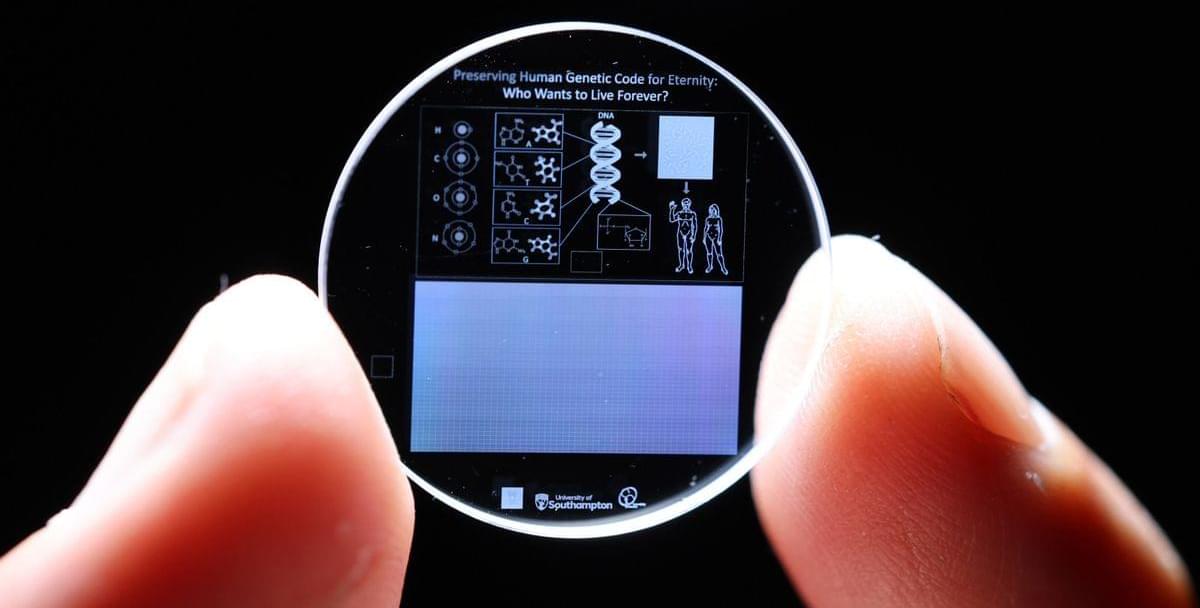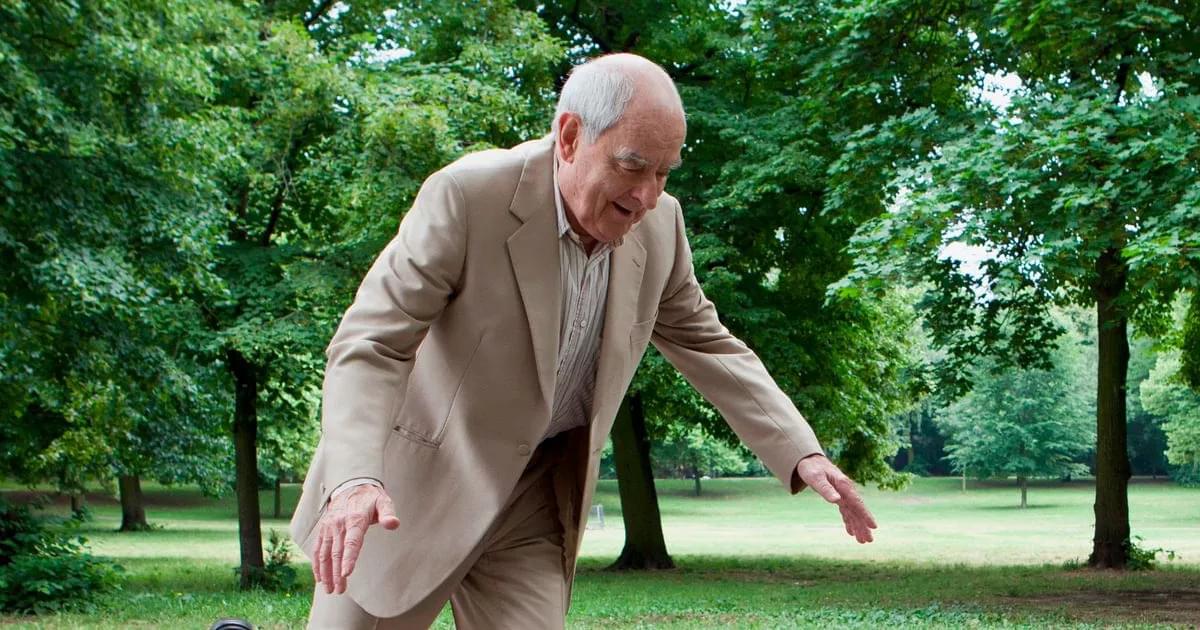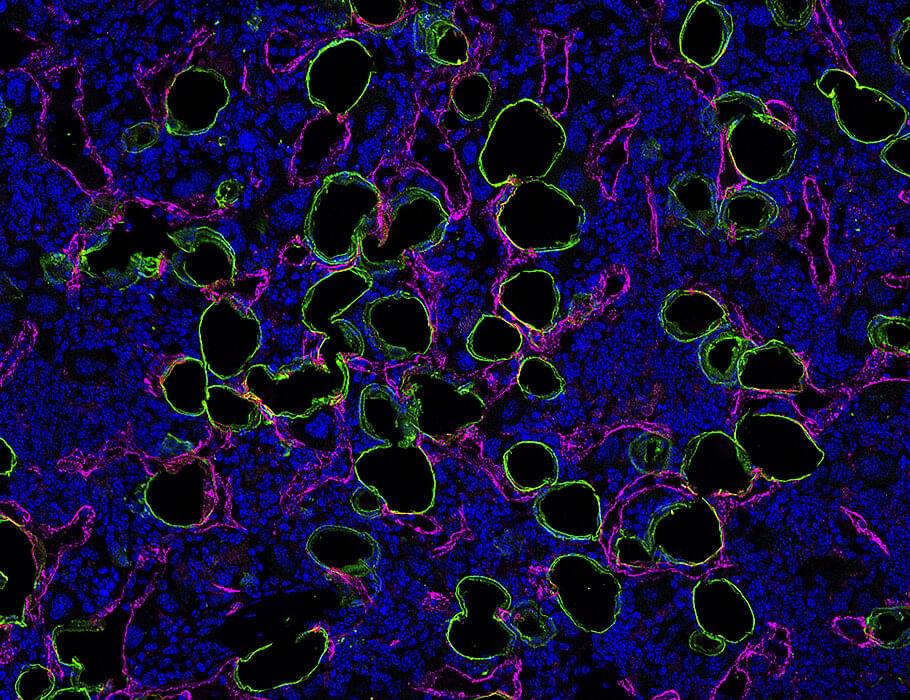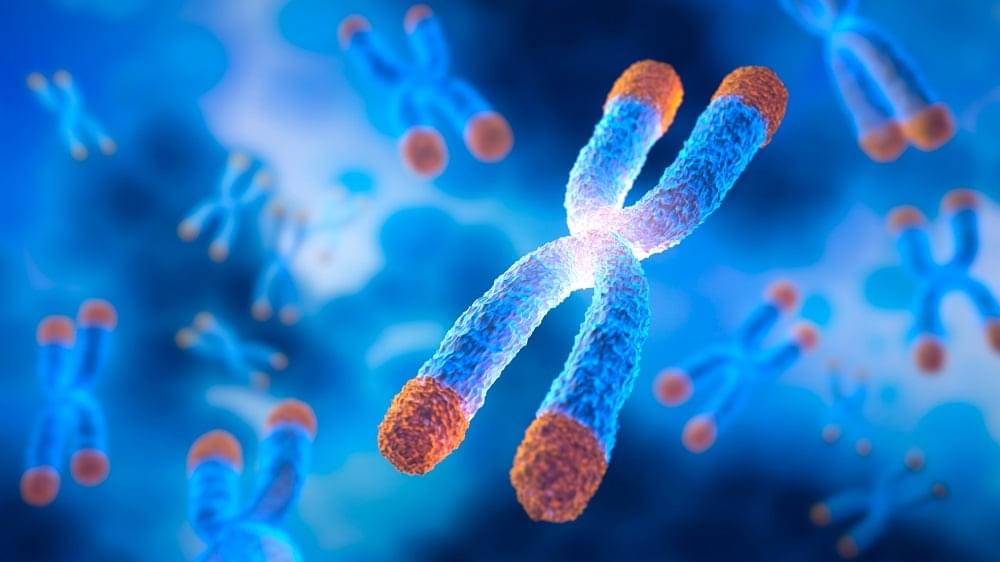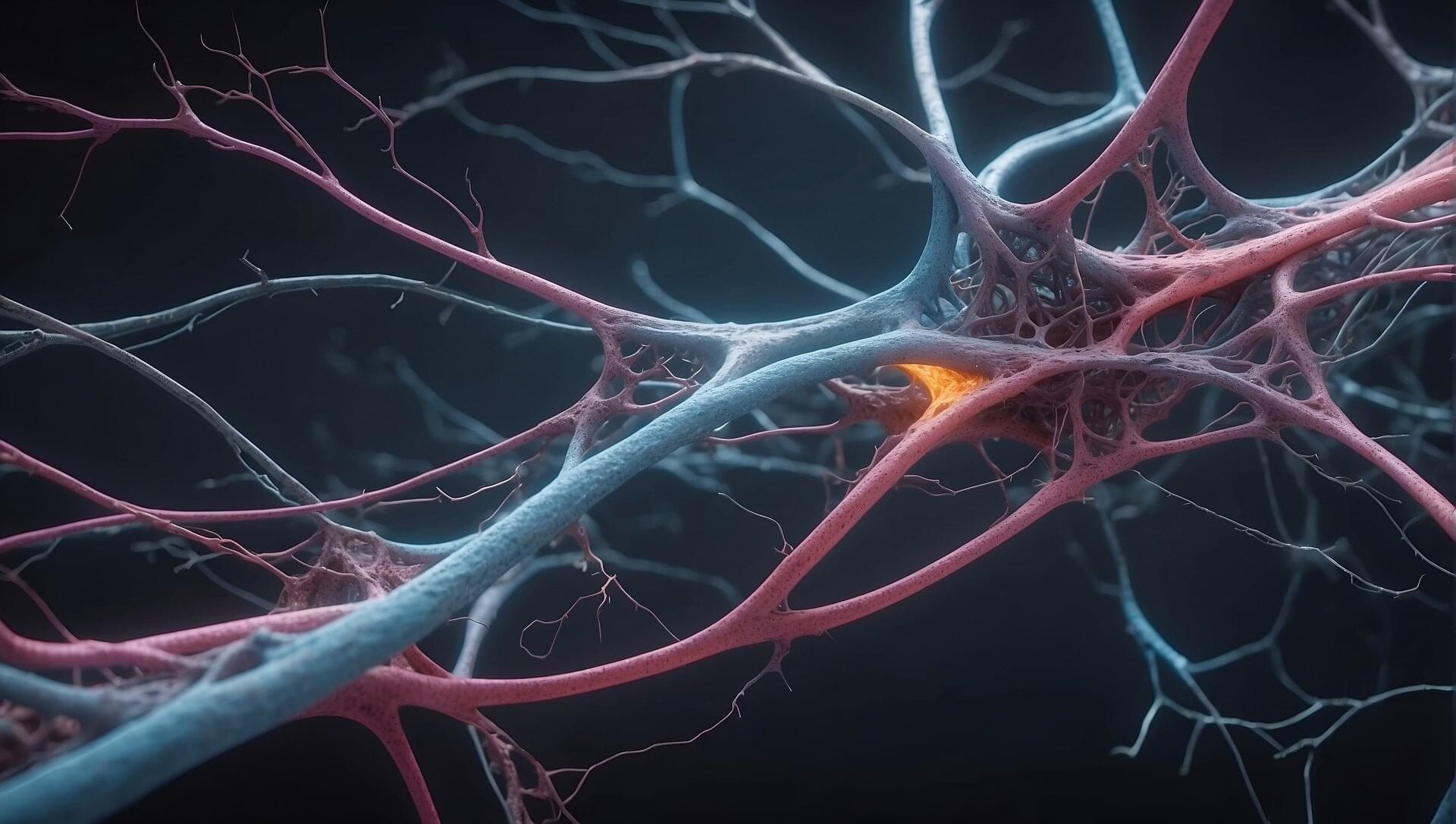People with shorter telomeres — the protective caps at the ends of their chromosomes — may have a higher risk of developing age-related brain diseases such as stroke, dementia, and late-life depression (typically diagnosed at age 60 or older). This finding comes from a preliminary study set to be presented at the American Stroke Association’s International Stroke Conference 2025, a leading global event for stroke and brain health research, taking place in Los Angeles from February 5–7, 2025.
Telomere length in white blood cells (leukocytes), known as leukocyte telomere length, is a well-established marker of biological aging. As people age, telomeres naturally shorten, reducing their ability to protect chromosomes, which accelerates cellular aging and increases vulnerability to age-related diseases. While telomere length is partly determined by genetics, ancestry, and gender, it is also influenced by lifestyle factors and environmental stressors such as diet, exercise, and pollution.

